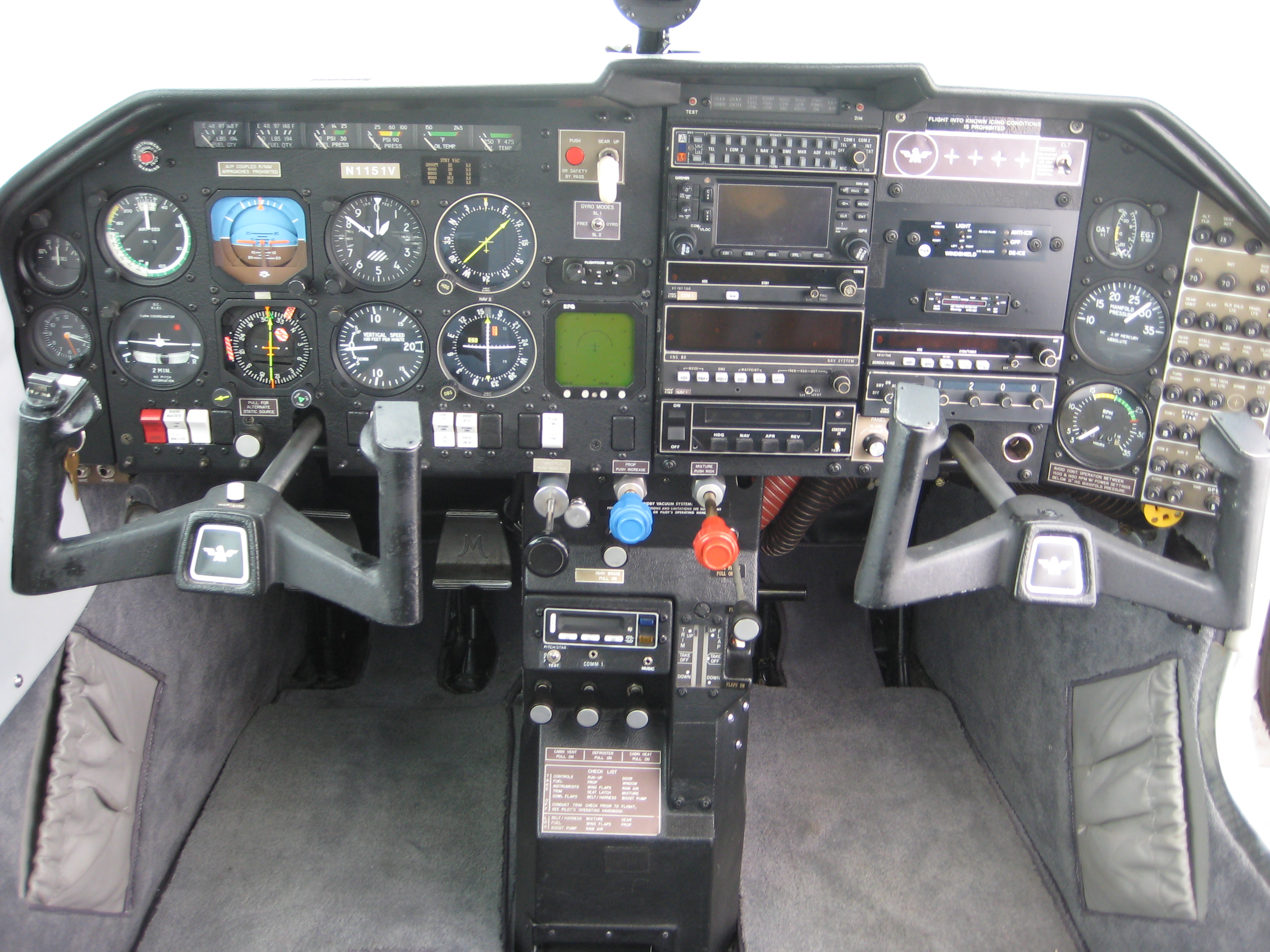That's a more difficult question than you might think. That's in part because any answer you receive is going to be based on an underlying philosophy about touch & goes. So here's mine, and I apologize for going way beyond answering your question:
Touch & goes are a way to minimize the Hobbs meter and fuel costs practicing takeoffs and landings. That's all. They are, simply put, a "regular" landing (normal, crosswind, short, soft, whatever) followed by a reconfiguration of the airplane for a "regular" takeoff. That philosophy leads to 2 results:
- If you retract the gear on a regular takeoff, you retract them on a touch & go (same for flaps and anything else that is different on takeoff than on landing);
- In the case of retractable gear aircraft, I am in the group that does not like touch & goes. No, it would never, ever happen to me
 , but there are way too many stories out there about pilots who have retracted the gear when they meant the flaps (I actually represented someone whom it happened to, during his transition training with a CFI on board).
, but there are way too many stories out there about pilots who have retracted the gear when they meant the flaps (I actually represented someone whom it happened to, during his transition training with a CFI on board).
When to put the gear down? That's a technique issue and IMO, a consistent SOP for gear extension, one that is so consistent that it becomes a habit that is hard to brake, is far more important than the "when" you choose to make habit-forming. The closest I ever came to a gear up landing was when I saw someone else's technique and liked it and decided to change the one I have been using for a number of years. So I am a big believer in a consistent SOP.
This is not a recommendation that you use it, but the visual technique I use is, my gear goes down when within 3 miles of the runway and at pattern altitude (for instrument, I'm in the large group that goes gear down at the FAF).
So, when I do pattern work with a retract, it's gear down as soon as I level off at pattern altitude.


 , gear up when I have a positive rate and gear down when stabilized on downwind (not later than mid-field).
, gear up when I have a positive rate and gear down when stabilized on downwind (not later than mid-field).